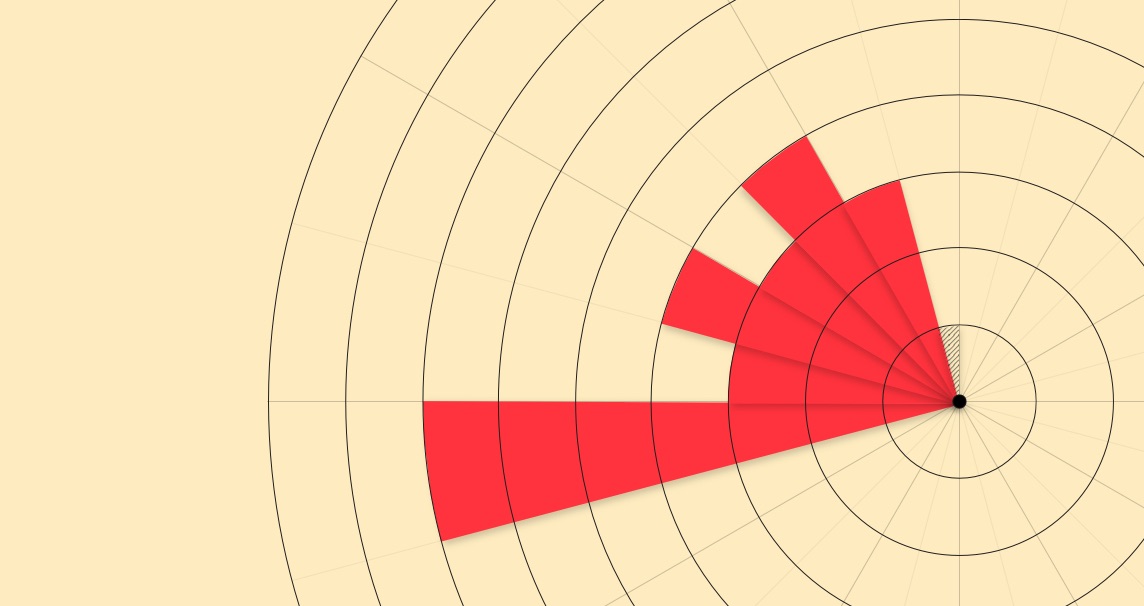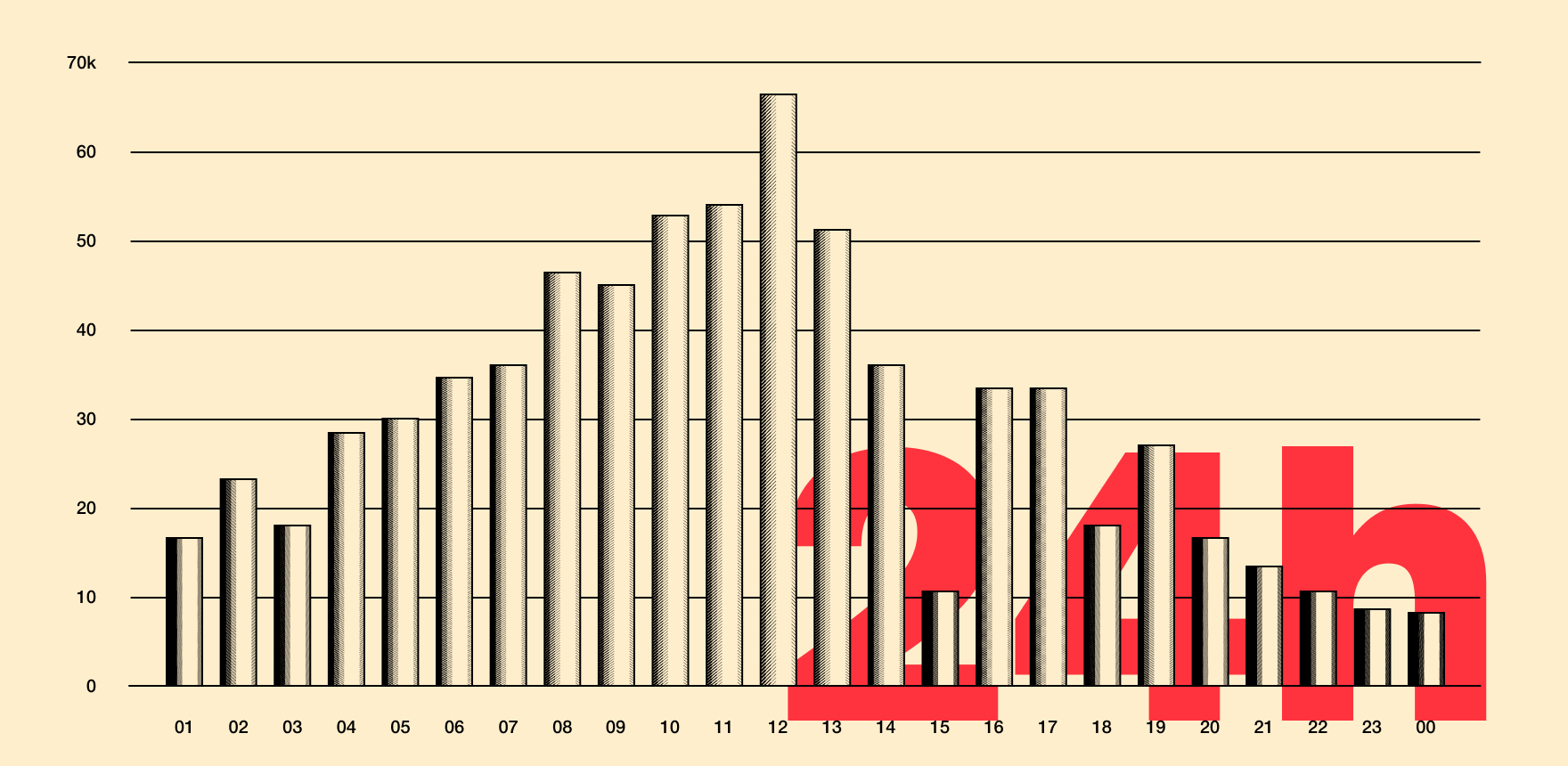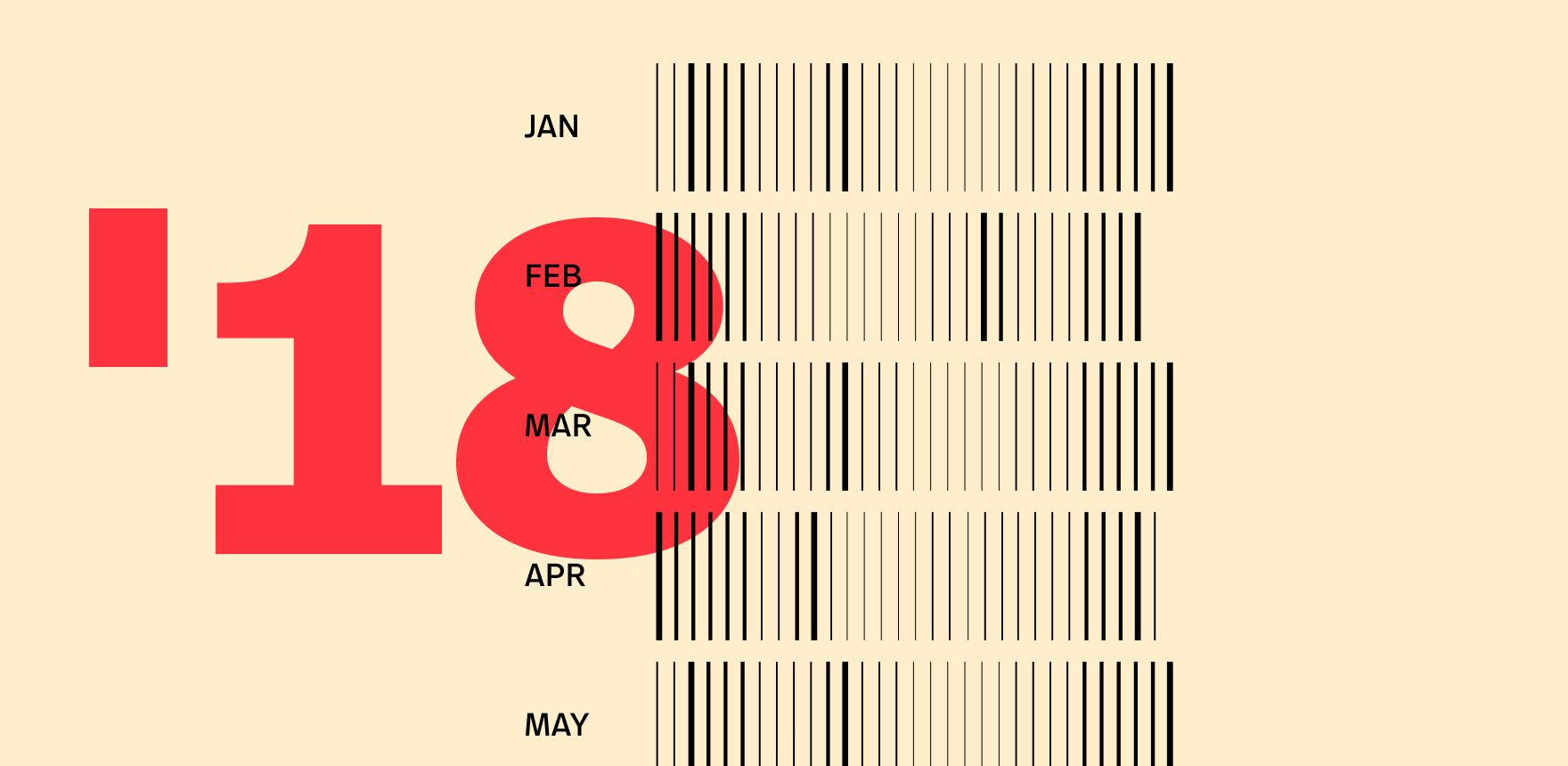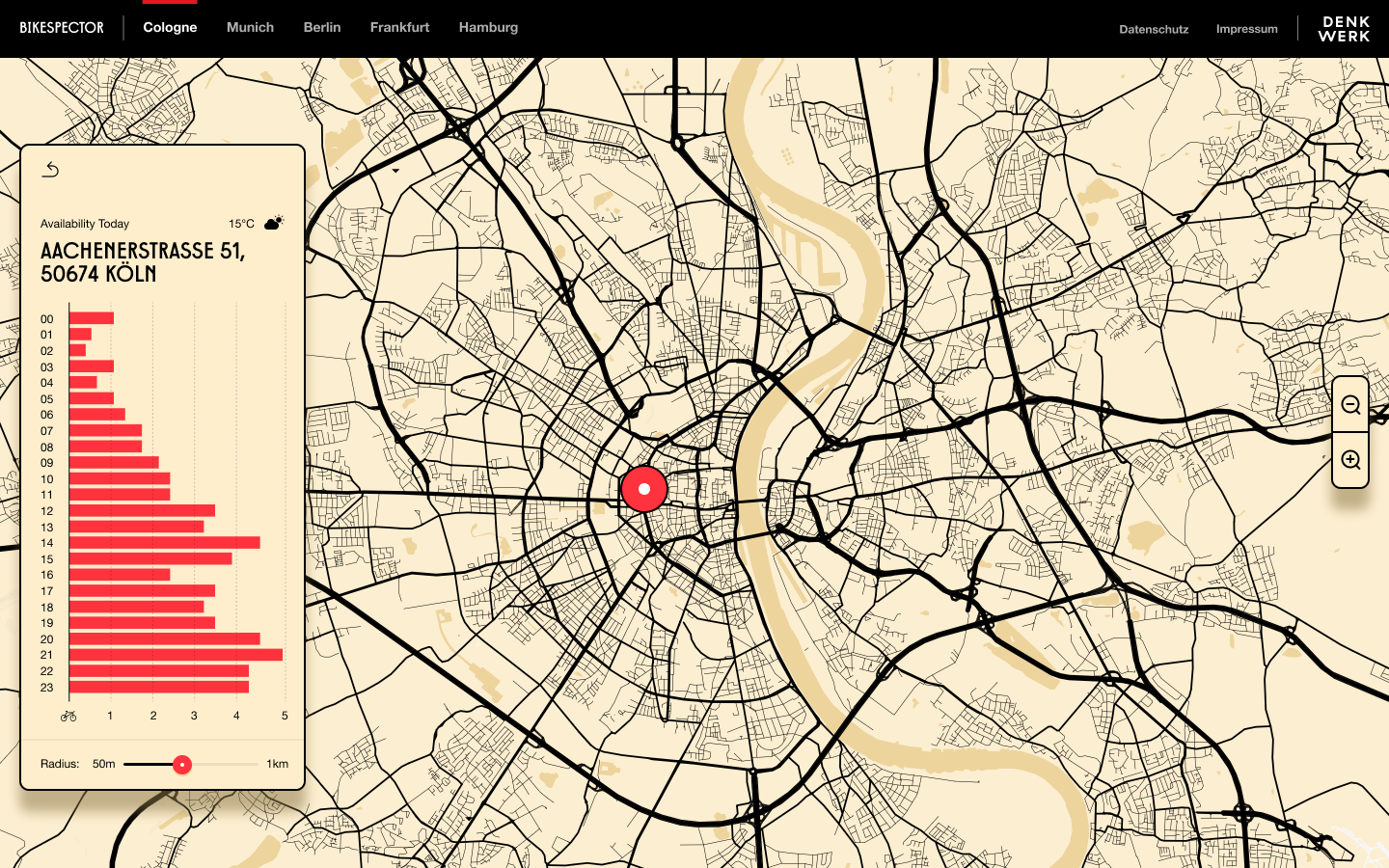Bikespector: shared bikes prediction

Awards
- Red Dot Awards 2020: User Interface Design, ‘Interface & User Experience Design’ in Brands & Communication Design
- Webby Awards 2020 Nominee: Best User Experience in ‘Websites’
- Golden Awards of Montreux 2020: Finalist, ‘Community Applications’ and ‘Retail/Travel/Hotels/Tourism’ in Digital/Interactive
At a glance
Role: Experience Designer
Objective: Promote a temporary exhibition at a classical art museum.
Challenge:
- Make classical art interacrive and engaging to younger generations.
Team set-up:
- 1 Experience Designer (me) + 2 Visual Designers at denkwerk
- 1 web developer + 2 data specialists at denkwerk
- Stakeholders: art director
Major responsibilities:
- Research into open data to explore possible correlation for prediction.
- Hone the use case and design concept with Visual Designers.
- Contribute to interface design. Inspect usability in prototypes.
- Conduct user tests and propose design iterations.
Tools:
- Figma
- Jira, Confluence
Problem
Can I count on my shared bike? 🚲
Shared mobility is good for urban dwellers. You don’t need a bike (or car) if you just want to get from A to B. Sharing bikes saves us the money and the worry of losing one. But since everyone can take and go at any moment, it is hard to rely on shared bikes to plan your trip. Besides, what if it suddenly rains? ⛈

Concept
Shared bikes being a means of transport, our team believe hirers should be given something more tangible to depend on, like a 🚇 metro or 🚌 bus timetable; and that should also take account of other factors which can affect its service, like 🌤 weather.
If shared bikes are as volatile as weather, can we forecast them with what we know?

Hands-on
We made use of the open data of shared bikes in cities, before finally coming down to Cologne, Berlin, Düsseldorf and Frankfurt. I furthered our research by spotting possibile, compatible public release of data to broaden the prediction use case coverage. Together with weather data, we studied the coorelation between them while aiming at predicting bikes availability around a given address for the upcoming hours and days. Through the course of the analysis, this has been translated into 🤩 forecasting free shared bikes around a point—within a preferred walking distance—for the next hour up to 5 days ahead.
Our data specialists built a data model and applied machine learning methods. Over time, our model got trained to purify its prediction accuracy. We have been able to attain as high as 84%. ✅
At the same time, I worked with our UI designers to develop an intereactive interface to visualise our bike prediction data. My role in this step was to ensure the story gets communicated & delivered, the platform is delightfully usable & useful, and the experience is consistent to what we expected across all platforms and devices. I conducted user tests and further iterated on our design together with our visual designers and front-end developers. We finally turned it into a serviceable tool open to public.
👉🏼 Check it out!

Results
Now shared bikes users can better count on their local bike hire as a proper means of transport, and plan their trips with shared bikes in and around the city. Shared mobility made reliable! 😎🚲❤️
Courtesy: denkwerk, visual content.
Are you looking? 👀
Interested in sticking our heads together & working some cool things out? 😊 Let’s get in touch! 👉 Email LinkedIn Mastodon Bluesky